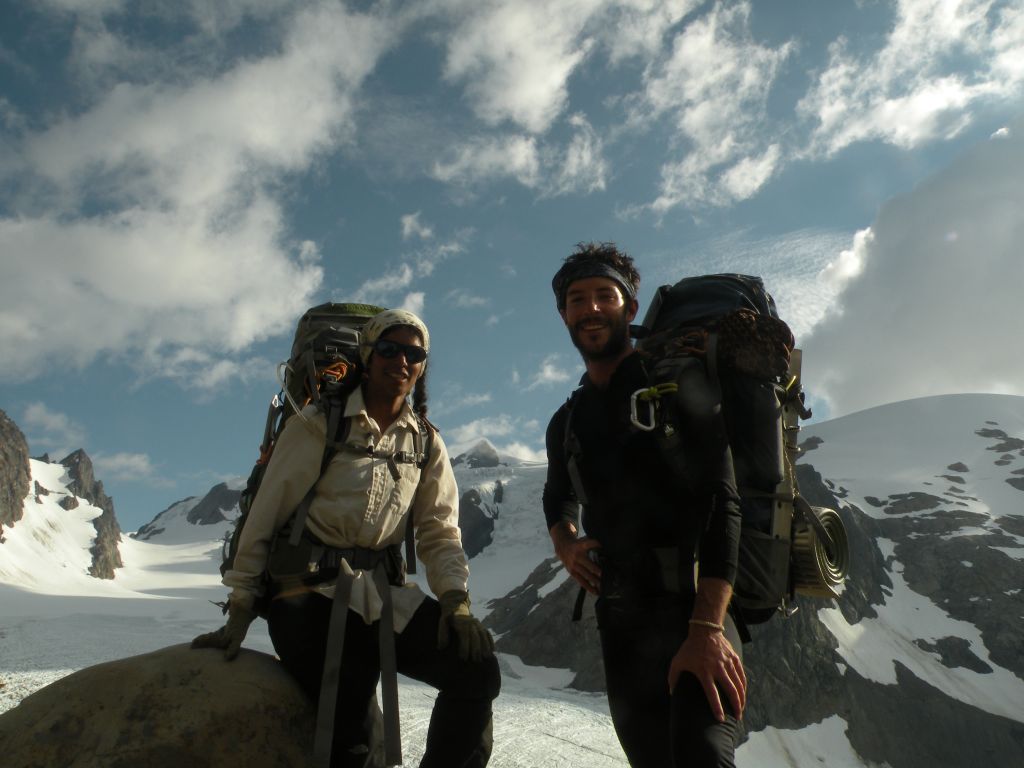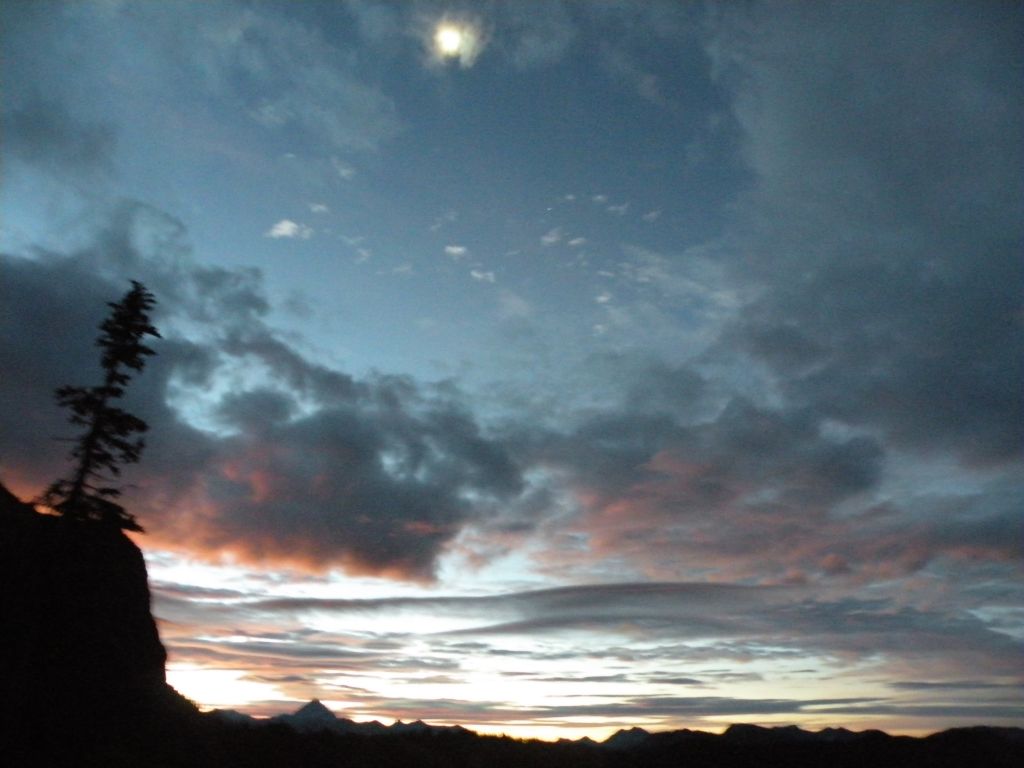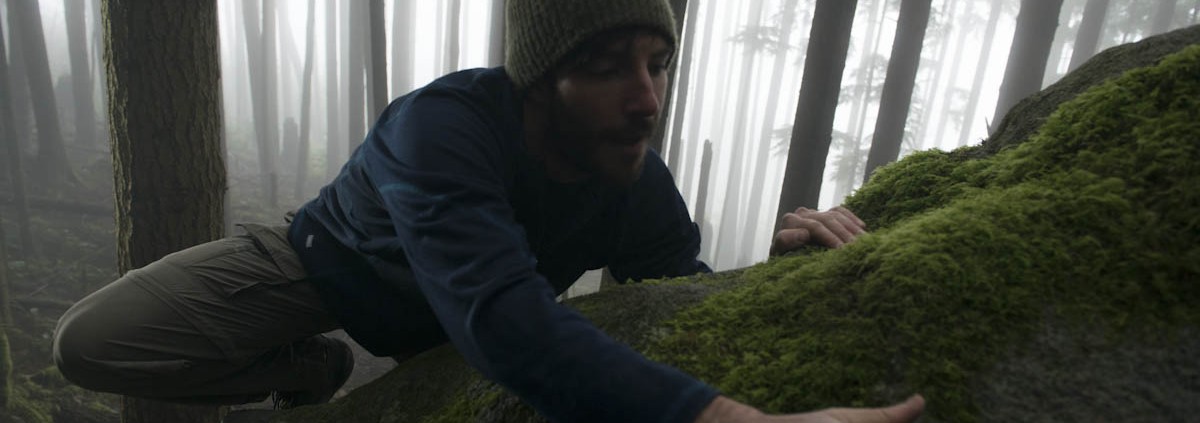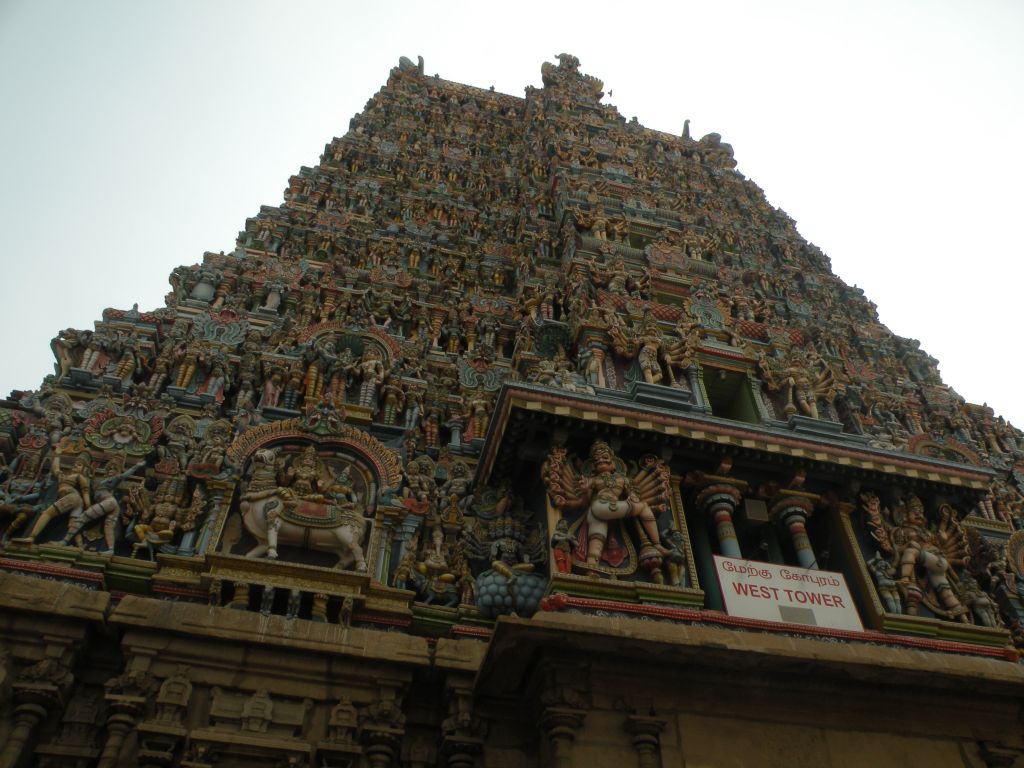Setting Yourself Up for Success
Once upon a time I worked at a fairly high-aspiration “green collar” company. We would do all sorts of goofy tests and surveys to discover what kind of leader we were, what kind of motivation we responded to best, and which Hogwarts House we would best fit into (Ravenclaw, but wishing I was Gryffindor). Although most of them didn’t stick, one lesson stayed rooted in my mind. It’s a concrete method for working to achieve a specific goal, or more generally to create the life we want to live. This may not have paid off for the company, as it helped encourage me to leave and pursue a more creative and self-aware life. But I’ve always appreciated it, and I feel that it’s worth sharing.
A bit of internet research reveals that this is also referred to as the “Six Sources of Influence.” It doesn’t seem to be a widely-discussed strategy, but it’s out there if you’d like to find out more about it. Here’s the general idea:
| Type | Motivation | Ability |
|---|---|---|
| Personal | Learn to enjoy what you’re doing. | Practice the skills required to do it well. |
| Social | Surround yourself with people who are excited about what you’re trying to achieve. | Spend time with people who are better than you at what you want to do. |
| Structural | Create internal systems and rewards to urge you in the right direction. | Build your physical space to encourage you to work on your goals. |
I like tables.
Personal Motivation
So easy to say, so hard to achieve. Personal Motivation can be the most elusive piece of the puzzle. It takes concerted effort to develop a love for what we’re doing. We think of inspiration as this beautiful, fleeting thing that hits us in the face and makes us write or paint or whatever for fifteen hours straight. Yeah, right. Maybe once. After the honeymoon phase of any project, love for the subject must be cultivated and nurtured. It’s a relationship. Do we want to have a one-night stand with creativity, or build a long, healthy life with it? We need to appreciate the ups, the downs, and the all-arounds.
Personal Ability
And then there’s the actual work. Practice, practice, practice. Failing over and over again. It’s how we learn, how we improve. This is the everyday, gritty, painfully slow process of chipping away at something barely conceivable. It is putting in the hours even when we forget why we started doing it in the first place, even when the motivation isn’t there. Doing it anyway.
Social Motivation
The social pieces of this process are about the community we surround ourselves with. Social Motivation is finding the people who get us psyched about our projects, either because they’re doing similar work or because they’re avid supporters. Gotta have some cheerleaders. The antithesis of social motivation is that group of people who ask, “Why are you wasting your time on that?” They’re all over the place, and sometimes so subtle in their discouragement. There’s no space for those people in our lives, period.
Social Ability
We learn from doing something over and over, but also by watching other people do it. Our brains are great at mimicking, and at turning visualization into real practice. This happens in rock climbing all the time. I’ll try a route over and over and get stuck in all sorts of different places. Then I’ll watch someone do it flawlessly, and on my next attempt, make it all the way through. Ideally we can surround ourselves with people who are farther along the path we are pursuing. We can learn from their failures as well as our own to progress twice as fast.
Structural Motivation
Structural Motivation is the most subtle aspect of this method. I basically think of it as using psychology to trick ourselves into doing the right thing. Pre-paying for a monthly gym membership is a good example, and has always been a motivator for me. I keep a tight budget, so if I know I’ve already paid for the climbing gym or yoga studio, I’m going to get myself over there as much as I can to take full advantage. Paying as I go, on the other hand, encourages me to save up those passes for the best possible moment, which ultimately means less exercise. Different things motivate different people, though, so it’s important to know yourself and to experiment. Small rewards for accomplishing steps toward a goal can be effective, as can penalties for failure to meet deadlines.
Structural Ability
Structural Ability is such an important aspect for achieving our goals, but it’s one of the easiest to slack on and postpone endlessly. The idea is to create an environment which will allow us to succeed. This includes making the tools we need easily accessible, while keeping distractions out of our work space. One way I could personally do this better right now is with my art supplies. My paints are stored in a box in my closet. It only takes about ten minutes to get them all out and set up, but that’s ten minutes worth of motivation I don’t always have. I could improve my structural ability to paint by setting aside a space that stays relatively set up. Reduce the barriers to entry, basically.
Keeping in mind these six principles, we can maximize our creativity, output, and growth. Each takes intention and work to execute, but the payoff is huge. Of course this can all happen organically, but having the system makes it more concrete, and makes it easier to find our weaknesses. We won’t just magically end up with the life we want to live. We have to build it.





